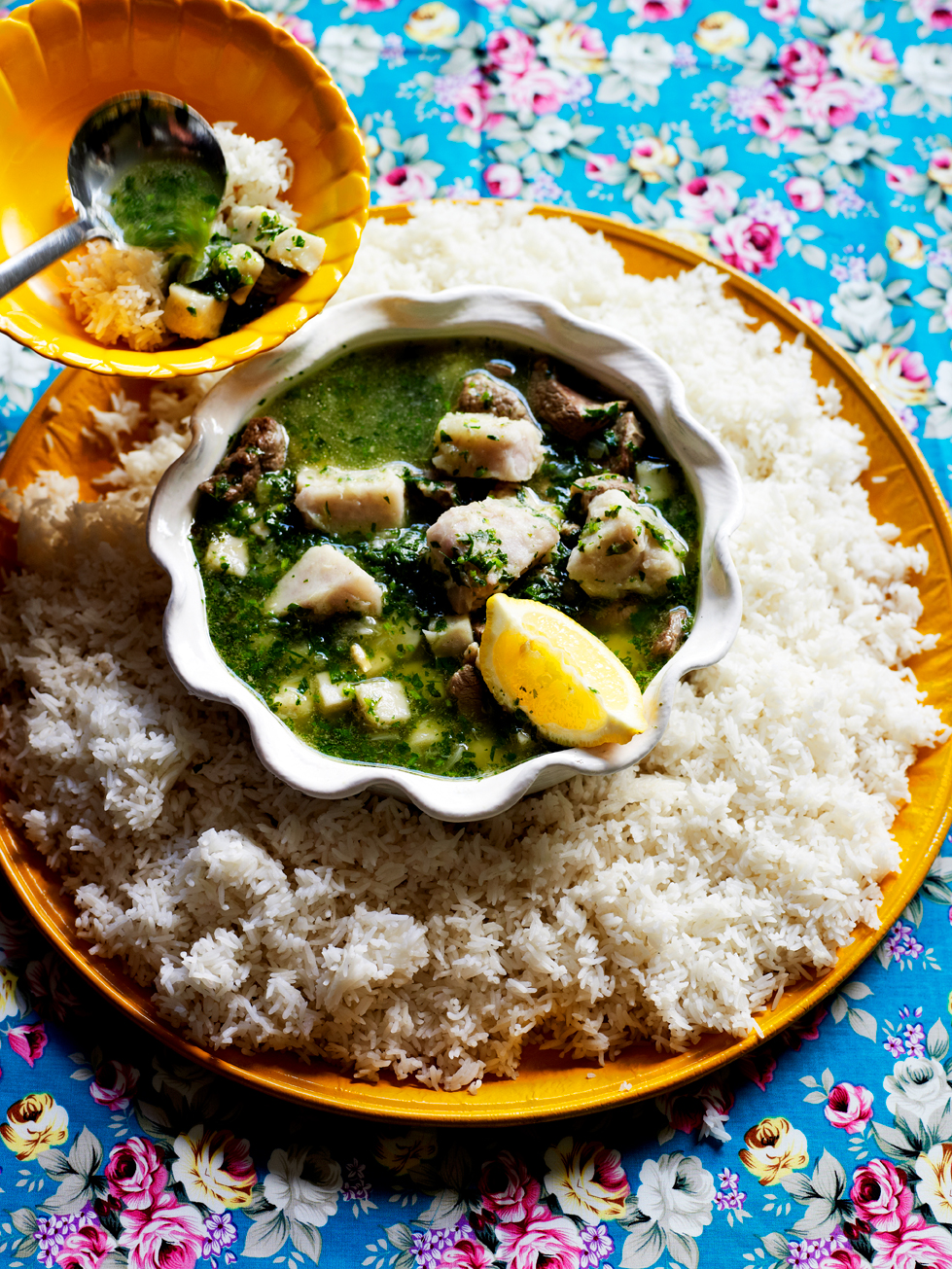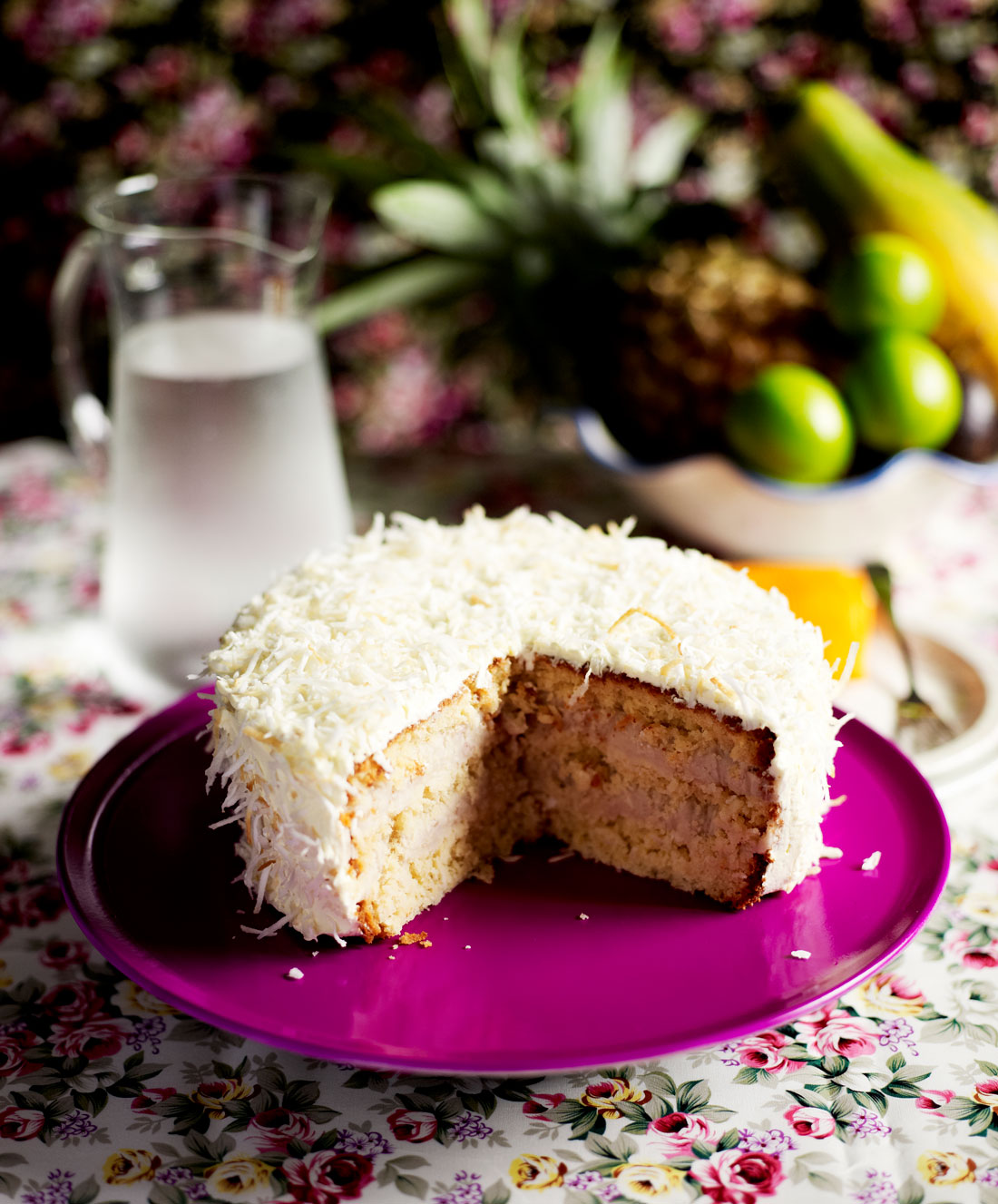The first thing I do when I land in Asia – be it Taiwan, Japan or South Korea – is make a beeline for a convenience store and buy a bottle of taro milk. It is nothing fancy: just a sugary and creamy beverage with taro essence, most commonly found in a milk carton and served hot or cold, depending on the season. I sip on it as I embark on my next taro pilgrimage – usually a corner bakery for a fluffy taro bun.
It comes in a range of different shapes and sizes and is cultivated in. There are over 100 varieties out there, but my favourite has to be the larger, two-fist-sized taro. Very rough around the edges, burly and almost shaggy like an unshaven face, this taro is the most fragrant and versatile in my opinion. There are smaller varieties, often used in Japanese cooking, which are called eddo or satoimo. But for purists and -savvy people, I hear you – taro and eddo are not the same thing, despite being of the same Araceae family of plants. Since all these vegetables, , can be prepared in a similar fashion, though, I’m grouping them together.
Despite taro's ugly appearance, the good news is that you do not eat the fuzzy outer skin – you shave it off with a sharp knife and only consume the white and purple flesh inside. The humble root vegetable is much loved around the world and can be swapped interchangeably with potatoes: you can feed a family with a simple taro curry, stew or fragrant congee. In Egypt, a is a family staple, Caribbeans and West Africans sometimes shape fufu from pounded taro, and the people of Cameroon eat taro with a tripe stew called . In Tahiti, taro is one of the oldest cultivated roots and there are recipes involving both the root and also the leaves. While all these dishes appeal to me deeply, my taro memories are connected to Asian cuisine. I grew up eating taro because Taiwan, where my mum’s roots (no pun intended) are from, is quite obsessed with the ingredient.
In Egypt, a is a family staple, Caribbeans and West Africans sometimes shape fufu from pounded taro, and the people of Cameroon eat taro with a tripe stew called . In Tahiti, taro is one of the oldest cultivated roots and there are recipes involving both the root and also the leaves. While all these dishes appeal to me deeply, my taro memories are connected to Asian cuisine. I grew up eating taro because Taiwan, where my mum’s roots (no pun intended) are from, is quite obsessed with the ingredient.

This Egyptian stew is named after the word for taro: kolkas.
The Indigenous tribes of Taiwan were thought to have , with the plant arriving from Papua New Guinea (where it was cultivated more than ). Working with taro does come with warnings: it's toxic in its raw form and you must wear gloves to remove the outer skin, which contains oxalic acid compounds that can cause irritation and intense itchiness (note: taro's root and leaves are poisonous when not properly cooked and should never be eaten raw for this reason). As an eager and novice cook during my adolescence, I remember trying to help my mum in the kitchen and pro-actively cutting taro for our hot pot dinner, only to have red rashes of itchiness spread across my two little hands.
Taro, even with its misdemeanors, is a wonderfully versatile vegetable to use and goes beyond the regular potato-like dishes. Japan, Hong Kong and the Philippines are some Asian countries that share Taiwan's adoration with taro. Many of their recipes are desserts: custard buns, ice-cream and even deep-fried taro rolled in sugar. Taiwan to me has the greatest taro repertoire: you'd eat congee with taro and mushroom at breakfast, lunch could easily be a taro fried rice served alongside a pork and taro stew and, for dessert in the evening, how could you bypass a taro milk tea or shaved ice dessert with steamed taro glistening under a golden sugar syrup? One of my favourite taro desserts is the mochi-like taro ball (芋圓與), where taro is mashed up with potato starch and prepared like gnocchi, but the kicker is that it is served over shaved ice as a dessert with red bean paste, mango and sago pearls.
One of my favourite taro desserts is the mochi-like taro ball (芋圓與), where taro is mashed up with potato starch and prepared like gnocchi, but the kicker is that it is served over shaved ice as a dessert with red bean paste, mango and sago pearls.

Taro can be a surprising and satisfying addition to a dessert. Source: Feast / John Laurie
Taiwan’s taro obsession came to haunt me as a child. In the early 1990s, the signature item at a Taiwanese bakery was a taro cake made with none other than taro cream and taro purée sandwiched between three layers of sponge cake. I despised this cake. It was the only kind my mum and my aunty would buy for birthdays, weddings and other ad-hoc family gatherings. Imagine, if you will, a nine-year-old child having a birthday party with her friends from Italian, Greek and other non-Asian backgrounds, singing Happy Birthday around a purple-coloured cake (pre-unicorn cake era).
I have photos of me holding a knife and cutting the cake, but no photos of us kids eating the cake. My palate has matured over the years and I have since moved on from loathing sweets made with taro to craving it in all shapes and forms. The sweet aroma of the taro makes for a rather intriguing dessert: not only does it have a unique nutty and maybe even vanilla flavour, but the low-moisture vegetable also helps hold a dessert together – adding heft and stability for greater texture and mouthfeel.
Taro is a seemingly boring and unassuming veg that, I must confess, I absolutely love.
Much like potatoes, taro should always be cleaned before steaming or frying into chips. I always avoid boiling them in water because their mealy nature falls apart almost instantly and dissolves into a liquid mess. A secret kitchen tip is to first pan-fry large chunks of taro in some oil before adding the ingredient to soups or even a hot pot.
In Australia, when it is not the taro season ( is the best time for it), taro can cost $15 a kilo which is quite wild for a root vegetable. Some families who cannot live without taro (particularly during Chinese New Year celebrations, when it's eaten in a hot pot as a symbol of abundance and growth) might consider buying frozen taro. I would advise against this: the texture changes completely when frozen then defrosted, with the beautiful starchy and fluffy taro becoming almost glassy in texture – very unpleasant. The versatility of taro is also apparent during Chinese New Year: it can be grated like a carrot and added to a sticky rice cake (normally made with radish) or mixed into meatballs, fried and eaten as bite-size appetisers. All delicious and something I’m definitely putting on my Chinese New Year food list this year.







